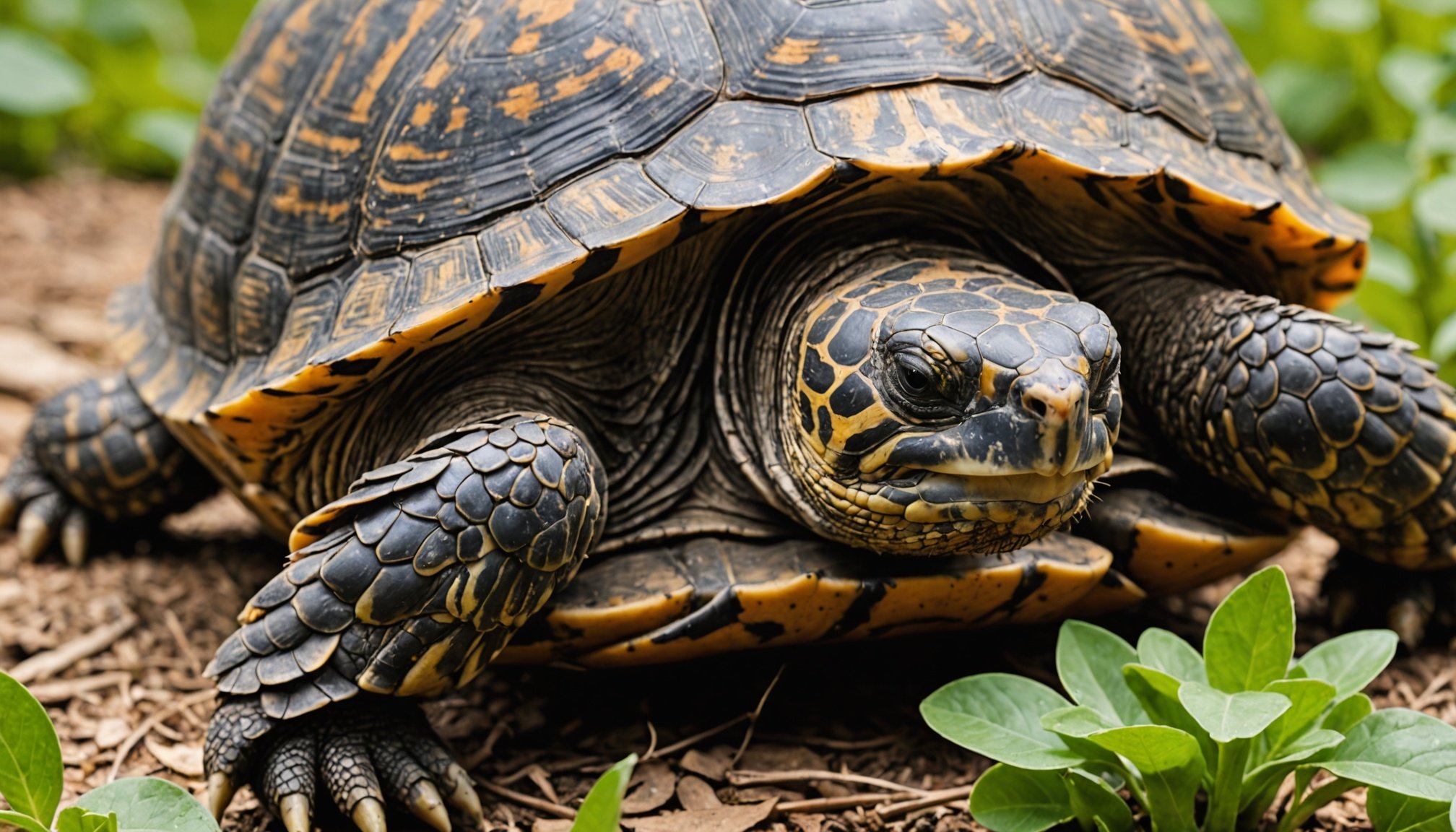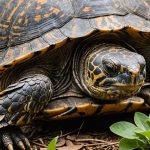In the exotic realm of reptiles, tortoises stand out as one of the most fascinating creatures you can choose as a pet. These slow-moving, shell-bearing animals have unique dietary needs that distinguish them from their aquatic relatives, the turtles. Understanding what your tortoise should eat is crucial to ensuring their health and longevity. In this article, we will explore various aspects of tortoise nutrition, providing insights into the best practices when selecting a diet for your shelled companion.
Understanding Tortoise Species and Their Unique Dietary Needs
Tortoises, unlike their water-dwelling cousins, are primarily terrestrial and can be found across various habitats worldwide. Each species has unique dietary requirements, making it essential to tailor your tortoise’s diet to its specific needs.
This might interest you : Ultimate tips for bathing your bichon frise with sensitive skin: a safe and smart approach!
Herbivorous Preferences
The majority of tortoises are herbivores, preferring a diet rich in plants. This means that providing them with a supply of fresh greens, such as dandelion greens, kale, and collard greens, is crucial. Including these in their diet not only satisfies their hunger but also provides essential nutrients that help them thrive.
Species-Specific Requirements
Certain tortoises, like the Sulcata, require diets high in fiber and low in protein, whereas others may need specific food types rich in certain vitamins. The Leopard tortoise, for example, thrives on a diet of grasses and succulents. Understanding these specific needs can prevent malnutrition and other health issues.
In parallel : What are the signs that your guinea pig is feeling unwell?
Avoiding Toxic Foods
Knowing what your tortoise should not eat is as important as knowing what they will eat. Many common garden plants can be toxic to tortoises, such as azaleas and daffodils. It’s essential to research thoroughly or consult a reptile vet to ensure your tortoise’s safety.
Balancing Nutritional Needs: The Importance of Calcium and Hydration
Calcium is a critical component of a tortoise’s diet, playing a vital role in shell and bone health. Without adequate calcium, tortoises can suffer from metabolic bone disease, a condition that can cause significant harm.
Calcium-Rich Foods
Incorporating calcium-rich foods such as cuttlebone, kale, and mustard greens in their diet can help maintain a healthy balance. Some owners opt for calcium supplements, but it’s important to ensure these are balanced with phosphorus to avoid complications.
Hydration and Water Sources
Though tortoises are not water-bound like turtles, they still require water to stay healthy. Providing a shallow dish of fresh water in their enclosure allows them to drink and soak, aiding in hydration and helping maintain healthy skin and shell. However, be cautious of water depth; it should be shallow enough to prevent drowning.
Proper Humidity Levels
The humidity within a tortoise’s enclosure can impact their hydration status. Many species require specific humidity levels, mirroring their natural habitats. Regular misting and monitoring of humidity can help maintain this balance, preventing dehydration and associated health problems.
Constructing the Ideal Enclosure and Feeding Environment
The enclosure you provide for your tortoise is just as important as their diet. A well-constructed habitat can influence your tortoise’s appetite and overall well-being.
Space and Substrate
Tortoises need space to roam, bask, and forage. A spacious enclosure encourages natural behaviors and reduces stress. The substrate, or flooring, should mimic their natural environment, with materials like soil, sand, or coconut coir.
Temperature and Lighting
Providing appropriate temperature gradients and UVB lighting is crucial in a tortoise’s care. Heat lamps and UVB lights help regulate body temperature and support healthy calcium metabolism, which affects their dietary needs. Without adequate lighting, tortoises cannot properly digest food or absorb necessary nutrients.
Feeding Stations
Setting up a designated feeding area within the enclosure encourages regular eating habits. Use flat stones or dishes to present their meals, reducing the risk of accidental ingestion of substrate, which can lead to impaction.
Feeding Frequency and Monitoring Tortoise Health
Deciding how often to feed your tortoise is another critical aspect of their care. While juvenile tortoises may require daily feeding due to their rapid growth, adults often thrive on a schedule of 4-5 meals per week.
Observing Eating Habits
Monitoring your tortoise’s eating habits can provide insights into their health. A sudden change in appetite could indicate stress or illness. Consistent observation and routine care help catch potential issues early.
Regular Health Check-ups
Regular vet visits are an integral part of tortoise care. Vets can provide dietary advice tailored to your specific tortoise’s needs and catch any nutritional deficiencies or health concerns before they become significant issues.
Adjusting Diets
As your tortoise ages, their dietary needs may change. Adjusting their diet accordingly ensures they receive the proper nutrition throughout their life stages. Consulting with a vet or reptile nutrition expert can provide guidance on these adjustments.
Conclusion
Crafting the right diet for your tortoise involves understanding their unique needs, balancing nutrients, and observing their health meticulously. By providing a varied, species-appropriate diet, ensuring a suitable enclosure, and monitoring their wellbeing, you contribute not only to their physical health but also to a greater quality of life. Remember, when in doubt, seek advice from reptile specialists to ensure your tortoise thrives for years to come.









